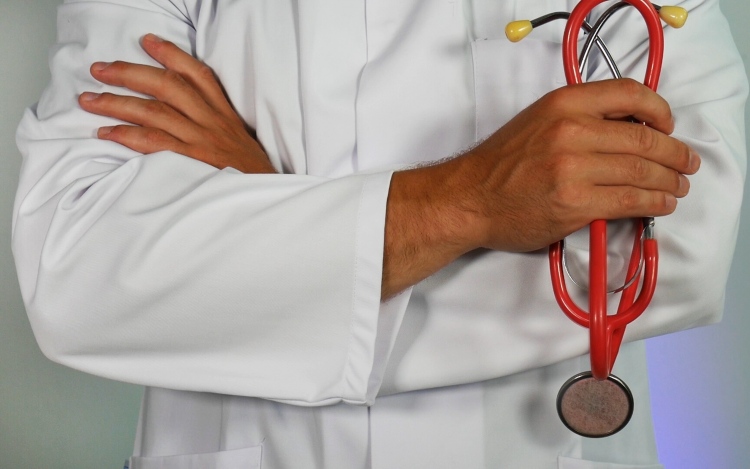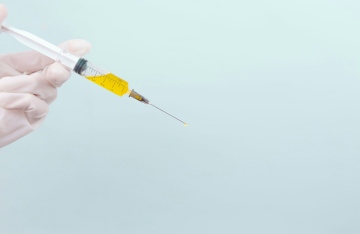Although testicular cancer most commonly appears in men between 15-35, it can still affect men at any age. In fact, the rarity of testicular cancer in older men can often lead to missed diagnoses and, therefore, worsened symptoms and increased need for aggressive treatment.
Here are the things older men and their caregivers need to know about this particular cancer– how to find it, treat it, and recover from it.
What are the signs?
The most common form of testicular cancer in older men is seminoma. This particular type of testicular cancer isn’t commonly aggressive, and even has a 95 percent survival rate, but only when caught early. Therefore, it’s crucial to understand the warning signs, which include:
– Testicular lump
– Dull ache in the abdomen
– Testicular pain
– Pectoral tenderness or enlargement
– Blood in the urine or semen
How to perform a self-exam
Testicular self-exams provide the best early detection of testicular cancer and should be completed at least once a month. Try to do it right after a warm shower so your skin is relaxed.
First, gently roll each testicle between your thumb and forefinger, feeling for any surface lumps. Recognize where the epididymis is located– behind the testicles– so you don’t mistake it for a lump. Any irregularities, painful or not, such as a lump or change in texture, size, or shape should raise concerns. Keep in mind, however, that many testicles are naturally different sizes.
Be sure to perform regular self-exams and be on the lookout for any of these signs. If you, your partner, or your loved one, discover any of these signs, it’s important to consult a doctor immediately.
How is it treated?
If you receive a diagnosis of testicular cancer, there are a few different treatment options that you can expect your doctor to suggest.
Most cases will require surgical removal of the affected testicle. With seminoma in particular, however, there’s a higher chance of cancer recurrence because the disease has likely already spread to the lymph nodes. This often requires additional therapy, such as radiation or chemotherapy, to improve future survival rate.
Life after testicular cancer
While these treatments are effective, they can have unexpected side effects. Radiation therapy can cause nausea, lowered energy, erectile dysfunction, and loss of libido.
If you experience any of these side effects, consider finding a balance between lifestyle changes and medication to best face the issue. In order to manage pain or nausea, work with a counselor to find ways to lower stress and maintain a healthy body. To address sexual issues, consider pairing regular exercise with an erectile dysfunction medication that improves blood flow, to boost your performance and improve your sex drive. These regimens should help address common side effects of testicular cancer and get you back to your normal routine.
Prevention
Currently, there aren’t any known methods of prevention for testicular cancer. It’s believed to be largely genetic and age-based, so lifestyle choices likely won’t have much effect on your chances of developing the cancer. Keeping an eye on possible symptoms and leading an overall healthy life, however, are great ways to stay on top of a potential diagnosis.
Now that you’re informed, be sure to be on the lookout for signs and symptoms of this disease in yourself or in your loved ones. It doesn’t have to be a deadly diagnosis; take the proper steps to address testicular cancer and go back to living your life to the fullest.
For more information on testicular cancer, visit The Mayo Clinic.




